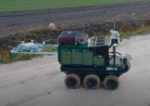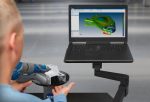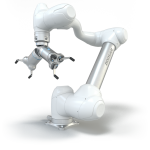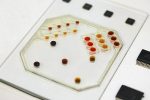The word globalisation is out of date. This is what should replace it
The word globalisation has lost its relevance and lustre with the emergence of the new global economy of the 21st century. In fact, it’s become an anachronism. Its deficiency is that it’s not a new concept which creates nuances of confusion. Globalisation describes the international outreach of countries for the purpose of economic, social, political and cultural liaisons. Global linkages between countries through military conquest, colonisation, multilateral free trade agreements and cultural exchange existed in an uninterrupted continuum in the evolving history of humankind. Historically, however, the process of globalisation has taken different forms, and its meaning has changed and mutated since it was first used in English in the 1930s. For lack of a better word, the term received an extension to its lifeline until the end of the 20th century despite the profound structural changes and technological advances that began to take place in the 1980s. Therefore, globalisation has come to be used to represent “modern” 20th century economics and social processes, including the instant exchange of money enabled by internet technologies. Yet because of its varied historical use, it does not truly reflect the electronic and digital empowerment that has been unleashed by the information technology revolution. Therefore, globalisation is not an accurate descriptor of the 21st century and the internet-driven transformational change sweeping the international economic landscape. And so I have coined the term internetisation which I believe should replace the concept of globalisation. Internetisation: Time, geography are irrelevant Internetisation is the contemporary face of globalisation. It includes the modern tools of electronic globalization and embraces the digital connectivity and empowerment of the internet and the World Wide Web. Although we could widen the term globalisation to include internetisation, I believe it is better to replace the word globalisation altogether because the long duration of its […]









